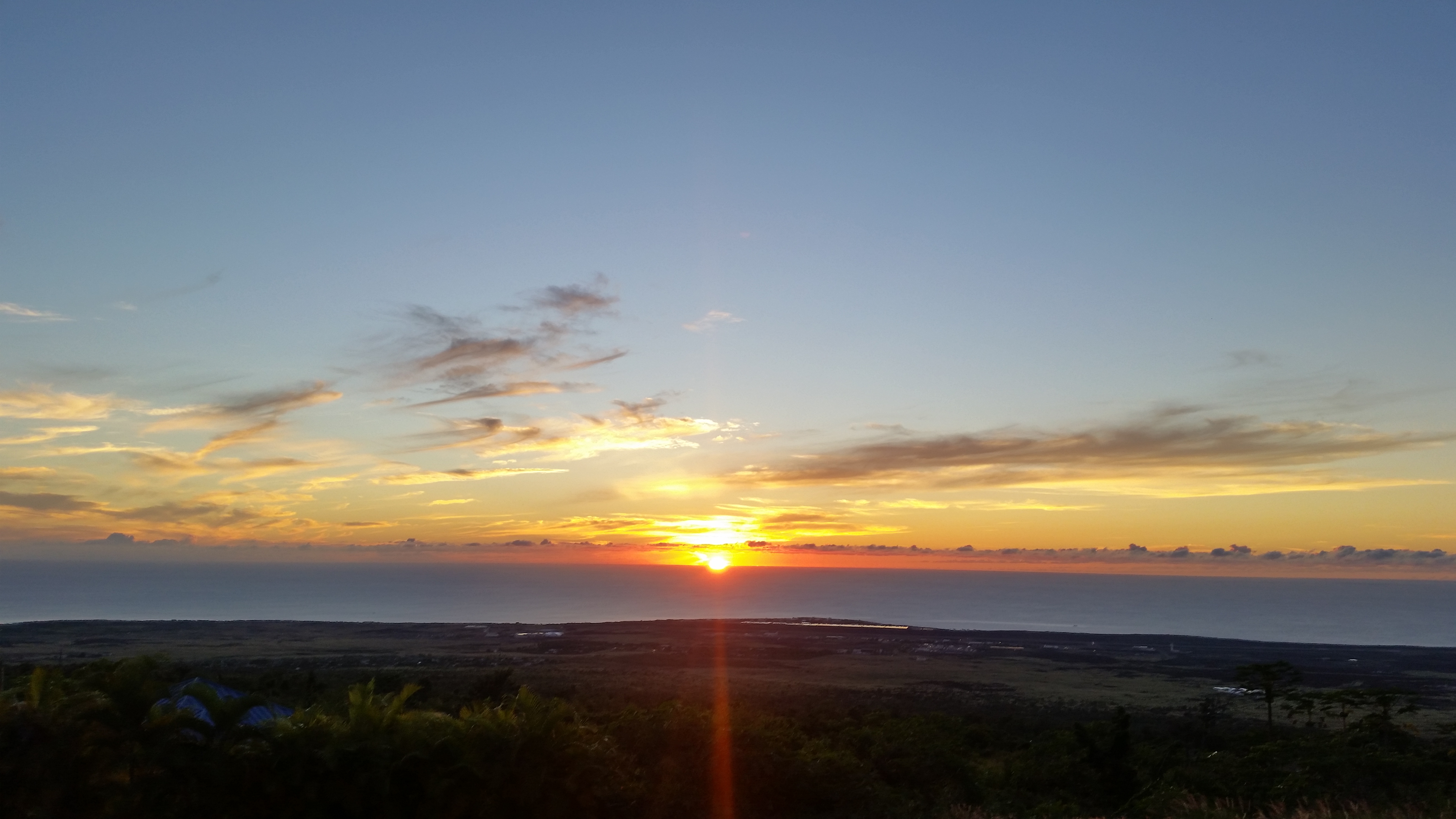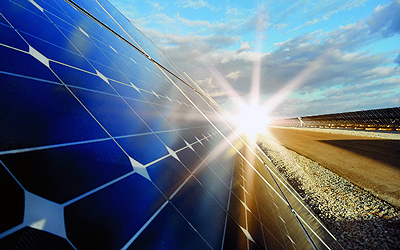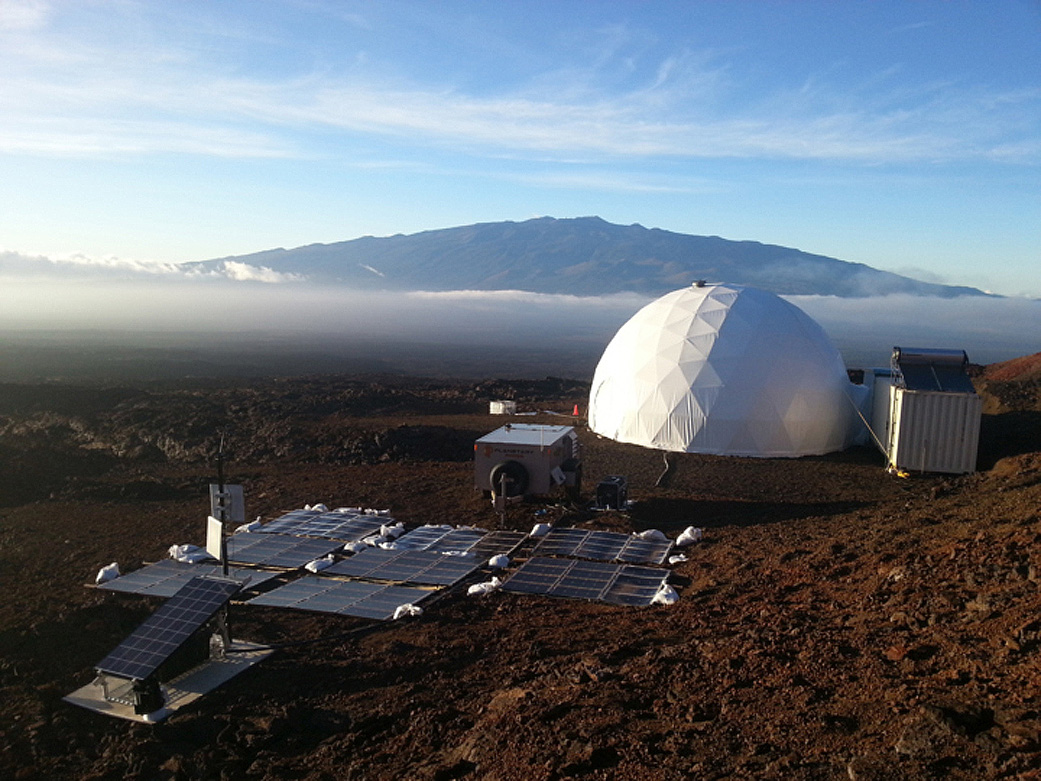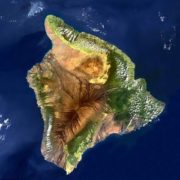2018, A Big Island Year To Remember
The 2014 movie “Interstellar” was based on the theory of traveling through a blackhole, bending time, and experiencing intense gravity with strange outcomes. Living in Hawai’i recently seems like our island spaceship cannot escape the intense gravity of world events, yet we are continually reminded of the paradox that Hawai’i is uniquely isolated, but globally connected.
Kīlauea’s summer vacation
This year began like any other, until the Kīlauea’s east rift zone erupted on May 3, 2018. This latest eruption is believed to have been connected to the larger volcanic eruption that began on January 3, 1983, and blessed the Kona side of the island with smoggy (voggy) skies and poor visibility for the next 35 years. The May 2018 eruption (considered to be the most destructive since the Mount St. Helens eruption of 1980) took its toll on island residents, especially those residents previously living in the Leilani Estates and Lanipuna Gardens subdivisions.
On the positive side, waking up one summer morning and suddenly discovering something missing was an understatement. Without any fanfare from Kilauea, the volcano just decided that enough was a enough and it was time for things  to quiet down for while – an unexpected gift and well received by the Island’s local residents. Since 1984, it took a swift in the trade winds, or perhaps a heavy rainfall the night before to temporarily clear the sky of volcanic haze (vog aka volcanic smog).
to quiet down for while – an unexpected gift and well received by the Island’s local residents. Since 1984, it took a swift in the trade winds, or perhaps a heavy rainfall the night before to temporarily clear the sky of volcanic haze (vog aka volcanic smog).
But by early August this past year the eruption had almost completely subsided, and the lull in volcanic activity continues to keep the air mostly clean and clear for island sunsets that are unbelievably beautiful. For now at least, skies are crystal blue, and stunning ocean views are unobstructed to the horizon, and night skies now rival any planetarium show that even impresses lifelong residents.
At the peak 2018 eruption, it was estimated that 50,000 tons of sulfur dioxide and other poisonous gases were filling local island skies and beyond. Gas mask sales soared across Hawaii Island. But since dropped to an average of 1,000 tons of SO2 gases a day, 1/50 the volume at peak eruption earlier this year.
The current “pause” in volcanic activity state has yielded only very minor signs of vog production wafting across Kona skies, with nothing much getting in the way of breathing deep and enjoying a wonderful and joyful sunset – for as long as it lasts…
The sun energizes most of life on Earth, and Hawai’i is no exception
(updated Jan. 17th, 2019)
Hawaii’s tropical location provides abundant sunshine, producing energy, abundant agriculture, deep suntans, sunsets and a night sky (away from city lights) that will take your breath away.
All this sunshine depends on a nearby star, our Sun, which serves as the ultimate (fusion) nuclear reactor, creating high temperatures through the fusion of hydrogen at its core, and in turn, warming the Earth to livable temperatures from millions of miles away. Most of Earth’s life depends on the sun, and we human are no different. In the history of human civilization, energy (in one form or another) has been basic to human survival, and sun plays a most important role in Earth’s energy matrix.
As modern civilization evolves, so has our modern day adoption and use of energy resources such as fossil fuels, nuclear fuel, or renewable energy. In the 21st century, our planet economies are becoming increasingly electrified, along with a corresponding increase appetite for energy. The emission by-products of these energy-dependent processes are now impacting Earth’s climate, ecosystems, and most life on Earth.
The last 150 (fossil-fueled) years has produced accumulative CO2 emissions in the Earth’s atmosphere and is now placing life on Earth in 21st century into a death spiral for what scientists are calling the “6th great extinction event”. Driven by many human factors, human-caused global temperature rise is creating disastrous impacts on ecosystems and the species dependent on them – Hawaii is no exception, with one the most notable impacts, coral bleaching and the death of near shore marine ecosystems.
There was a time in Earth’s history comparable to today’s climate crisis (minus humans) — that was 252 million years ago, when up to 96% of all marine species and more than two-thirds of terrestrial species perished. The mass extinction, known as the “great dying” marked the end of the Permian geologic period. The study of sediments and fossilized creatures show the event was the single greatest calamity ever to befall life on Earth, eclipsing even the extinction of the dinosaurs 65 million years ago.
Scientists now believe the Earth has entered its 6th mass extinction event, a ‘biological annihilation’ of populations of animals that have been lost in recent decades. https://www.theguardian.com/environment/2017/jul/10/earths-sixth-mass-extinction-event-already-underway-scientists-warn
Unlike past mass extinctions, caused by events like asteroid strikes, volcanic eruptions, and natural climate shifts, the current climate crisis is almost entirely caused by us — humans. In fact, 99 percent of currently threatened species are at risk from human activities, primarily those driving habitat loss, introduction of exotic species, and global warming. Because the rate of change in our biosphere is increasing, and because every species’ extinction potentially leads to the extinction of others bound to that species in a complex ecological web, numbers of extinctions are likely to snowball in the coming decades as ecosystems unravel.
As for Hawaii’s energy sector, the nexus of energy and climate change-extinction is obvious to an increasing number of policy makers. The state has begun to transition to locally produced and (for the most part) clean and emissions-free renewable energy, while capitalizing on Hawaii’s abundant solar energy options. Solar power, within Hawaii represents he highest per capita growth rates in the United States.
Putting environmental, social, and climate change impacts aside from burning fossil fuels, Hawaii’s imported dirty energy represents the most costly for the importation of petroleum and coal — a cost factor that is three to four times higher than the mainland fuel prices. Imported energy costs further mount with factoring in environmental, climate, and public health cost factors that are absorbed by the public from burning those fossil fuels. In effect, Hawaii has both strong environmental and economic motivations to become a world class leader in energy self-sufficiency through solar and wind and energy storage as primary replacements of imported and costly, polluting fossil-fuels. 
In 2015, Hawaii was the first state in the United States to reach grid parity for photovoltaics. Previously, solar energy represented just 0.07% of Hawaii’s total electricity generation back in 2007. But by 2015, solar energy fulfilled 6% of Hawaii’s total electricity needs, and thermal solar (hot water systems) further reduced Hawaii’s energy demands.
Hawaii’s Renewable Portfolio Standard (HRS 269 -92) mandates 100 percent renewable energy in the electricity sector by 2045, and solar will continue to play key role fulfilling this goal. In 2017, Hawaii’s energy mix for renewables stood at 27.6 percent, more than 12 percent ahead of the interim statutory 2015 target of 15 percent, with plenty of room for future growth of both rooftop residential and business installations, combined with utility-scale solar and solar-storage installations, all together, ending Hawaii’s dirty imported energy dependency.
New Arrivals to the Big Island discover a 21st century paradise, but not without challenges
Between 2012 and 2016, the Big Island lost an estimated 2,362 people annually to the other three counties in Hawaii, while adding just 1,654, according to data released Tuesday by the U.S. Census Bureau. Not in this past census data was the recent impacts of the 2018 Kilauea eruption and exodus of some long time residents who had enough health issues and uncertainties to overcome the joys of paradise.
For recent Mainland (move-in) arrivals to the Big Island, many quickly discover that island life has its challenges and rewards.
Is there a doctor in the house? Leaving “living the good life” descriptions to the state’s well-funded tourism brochures, daily Big Island life too often means living with a chronic shortage of doctors and essential medical services. The only real full service medical system on Hawai’i Island is Kaiser, and even the big K is feeling the pain of a chronic shortage of qualified medical practitioners, and as outer island populations grow, their legacy of a strategy for lowering operating costs by flying their members in need to Oahu for many medical services and labs, based on a big Island with small population is failing to meet demand. 
Forget our local hospitals, you may be better off taking a life-flight to Oahu or the mainland. The discovery of the absence of medical choices leaves newcomers to the island dumbfounded for what they took for granted – medical options that were easily and conveniently available on the mainland, are now a day trip or longer away and come at a higher cost.
Then there is Big Island living at the end of the state’s supply-chain, which too often requires being your own personal Costco in order to ensure that what you want is available when you need it.
All in all, it takes only one beautiful sunset, ocean swim, monarch butterfly, and fresh year-round produce to soon forget, at least for a moment, the challenges of island life.
Onward and i luna, next stop Mars?
The Hawaii Space Exploration Analog and Simulation is an analog habitat for human spaceflight to Mars. For the first time ever, the Hawaii Space Exploration Analog and Simulation (HI-SEAS) project, which tests how humans would endure the isolation of a Mars mission, will include participants from four different countries of origin. HI-SEAS is located in an isolated position on the slopes of the Mauna Loa volcano on the island of Hawaii. Mauna Loa offers Mars-like features, and an elevation of approximately of 8,200 feet above sea level for the habitat to further the unearthly Earth bound experience.
 The first crewed Mars Mission plans sending astronauts to Mars, orbiting Mars, and a return to Earth, and it is scheduled for the 2030s. One year after Elon Musk announced his big vision plan that expects to transport a million people to Mars via Space X, he expects Mars colonization to be in less than 25 years.
The first crewed Mars Mission plans sending astronauts to Mars, orbiting Mars, and a return to Earth, and it is scheduled for the 2030s. One year after Elon Musk announced his big vision plan that expects to transport a million people to Mars via Space X, he expects Mars colonization to be in less than 25 years.
Sustainability is foremost in the minds of dreamers, entrepreneurs, scientists, and adventurers who plan to settle on Mars. Basics like oxygen, water, a radiation shield, and no food are just some of the things we take for granted here on Earth, but absent on Mars. At recent scientific conference hosted by Mars colonization enthusiasts and advocates, the key speaker painted bleak picture for the future of human survival on Earth, but simple stating …‘extinction is the new norm,’ …which begs the question, really?
So some uber-rich billionaires are betting their riches on building their own lifeboats to escape Earth, as they see it as a sinking ship and look to a journey to Mars as humankind heads for extinction on planet Earth.
Human extinction is not a scientific or social foregone conclusion. But a prescription for extinction of life on Earth starts with unsustainable living, and the wasting and pollution of Earth’s life-sustaining assets: clean water, breathable air, and upsetting the balance of the atmosphere by loading massive amounts of human-generated CO2 emissions, methane, and other greenhouse gases that all together are rapidly raises planetary temperatures.
When global changes occur in the Earth’s temperatures, natural, self-regulating systems, change as in climate change. Add in the wasteful absentee management of over-harvesting the Earth’s life-sustaining food chain, and humans soon find themselves on a path on of no return.




Leave a Reply
Join the Community discussion now - your email address will not be published, remains secure and confidential. Mahalo.